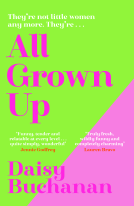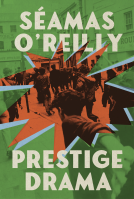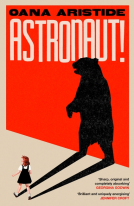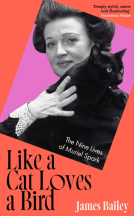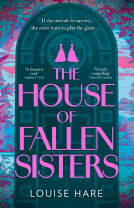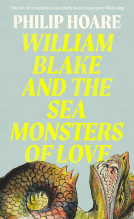
The See-Through House
My Father in Full Colour
by Shelley Klein
This title was previously available on NetGalley and is now archived.
Send NetGalley books directly to your Kindle or Kindle app
1
To read on a Kindle or Kindle app, please add kindle@netgalley.com as an approved email address to receive files in your Amazon account. Click here for step-by-step instructions.
2
Also find your Kindle email address within your Amazon account, and enter it here.
Pub Date 23 Apr 2020 | Archive Date 23 Sep 2020
Random House UK, Vintage Publishing | Chatto & Windus
Talking about this book? Use #TheSeeThroughHouse #NetGalley. More hashtag tips!
Description
*Chosen as BBC Radio 4 Book of the Week*
The See-Through House is a book about saying goodbye to a much-loved family home. It is also a very funny account of looking after an adored yet maddening parent and a piercing portrait of the grief that followed his death.
Shelley Klein grew up in the Scottish Borders, in a house designed on a modernist open-plan grid; with colourful glass panels set against a forest of trees, it was like living in a work of art.
Shelley’s father, Bernat Klein, was a textile designer whose pioneering colours and textures were a major contribution to 1960s and 70s style. As a child, Shelley and her siblings adored both the house and the fashion shows that took place there, but as she grew older Shelley also began to rebel against her father’s excessive design principles.
Thirty years on, Shelley moves back home to care for her father, now in his eighties: the house has not changed and neither has his uncompromising vision. As Shelley installs her pots of herbs on the kitchen windowsill, he insists she take them into her bedroom to ensure they don’t ‘spoil the line of the house’.
Threaded through Shelley’s book is her father’s own story: an Orthodox Jewish childhood in Yugoslavia; his rejection of rabbinical studies to pursue a life of art; his arrival in post-war Britain and his imagining of a house filled with light and colour as interpreted by the architect Peter Womersley.
A book about the search for belonging and the pain of letting go, The See-Through House is a moving memoir of one man's distinctive way of looking at the world, told with tenderness and humour and a daughter’s love.
Available Editions
| EDITION | Other Format |
| ISBN | 9781784743109 |
| PRICE | £16.99 (GBP) |
| PAGES | 288 |
Average rating from 2 members
Readers who liked this book also liked:
Louise Hare
Historical Fiction, Multicultural Interest, Mystery & Thrillers
Philip Hoare
Arts & Photography, Biographies & Memoirs, Nonfiction (Adult)


